DC Motor Characteristics
As you already know, there are two electrical elements of a DC motor, the field windings and the armature.The armature windings are made up of current carrying conductors that terminate at a commutator.
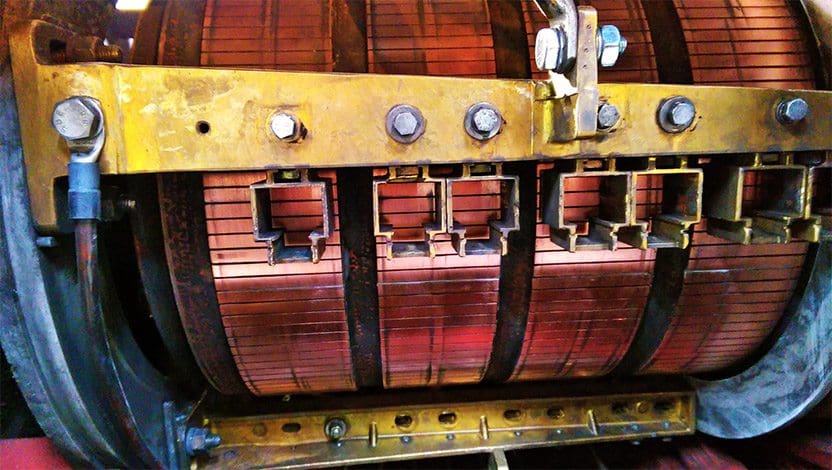
DC voltage is applied to the armature windings through carbon brushes which ride on the commutator. In small DC motors, permanent magnets can be used for the stator. However, in large motors used in industrial applications the stator is an electromagnet.
For simplicity of explanation, the stator is represented by permanent magnets in the following illustration.
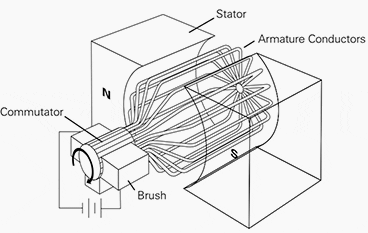
The field of DC motors can be:
- Permanent magnet (Permanent magnet stator),
- Electromagnets connected in series (Wound stator),
- Shunt (Wound stator), or
- Compound (Wound stator).
Let’s see the basics of each type as well as their advantages and disadvantages.
1. Permanent Magnet Motors
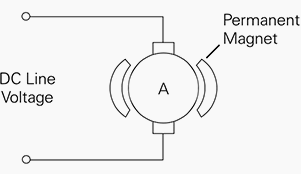
The permanent magnet motor uses a magnet to supply field flux. Permanent magnet DC motors have excellent starting torque capability with good speed regulation. A disadvantage of permanent magnet DC motors is they are limited to the amount of load they can drive.These motors can be found on low horsepower applications.
Another disadvantage is that torque is usually limited to 150% of rated torque to prevent demagnetization of the permanent magnets.
2. Series Motors
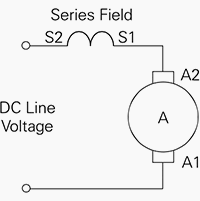
In a series DC motor the field is connected in series with the armature.The field is wound with a few turns of large wire because it must carry the full armature current.
A characteristic of series motors is the motor develops a large amount of starting torque. However, speed varies widely between no load and full load. Series motors cannot be used where a constant speed is required under varying loads.
Series-connected motors generally are not suitable for use on most variable speed drive applications.
3. Shunt Motors
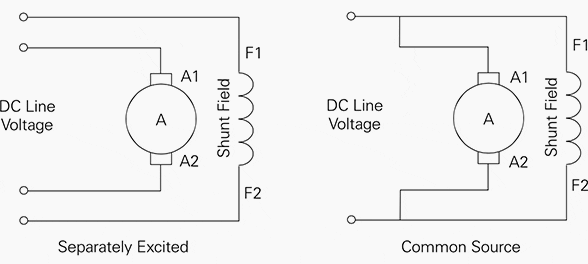
In a shunt motor the field is connected in parallel (shunt) with the armature windings. The shunt-connected motor offers good speed regulation. The field winding can be separately excited or connected to the same source as the armature.
The shunt-connected motor offers simplified control for reversing. This is especially beneficial in regenerative drives.
4. Compound Motors
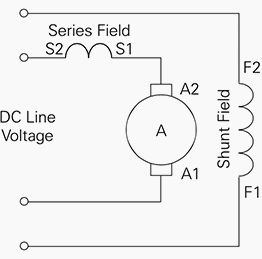
Compound motors have a field connected in series with the armature and a separately excited shunt field. The series field provides better starting torque and the shunt field provides better speed regulation.
DC Motor – Explained (VIDEO)
Cant see this video? Click here to watch it on Youtube.
Reference: Basics of DC Drives – SIEMENS (Download)

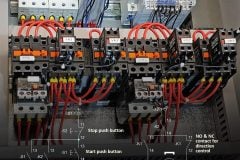
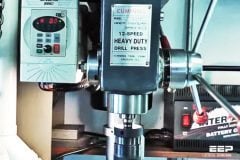


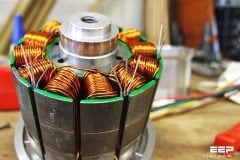

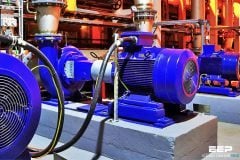
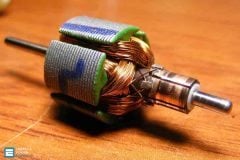
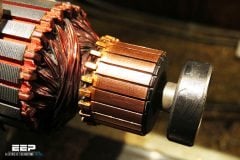

Fantastic explanation . Thanks Great Engr
Thanks so much
very nice and simplified explanation
How can I get pdfs document to have it for future studies and so many times I tried to download it but I couldn’t some of ur materials are really interested but I’m not able to download it if u help me it will be ur pleasure
Thanks a lot for giving a info
That was very useful ♥️
THANKS
extremely very interesting
Very useful information Thank you
nice job
The Brushed DC motor variety has a type when one turns the shaft manually it free runs with no friction or resistance at all and then another type which feels like a mild step friction/resistance as though magnets inside causing some type of resistance when the shaft passes them? Which type are these and what is the difference.
thanks that was very helpful because i needed to do a sience project and i wanted to do DC motors because i do RC racing and i use a DC motor in it.
not bad.improve in your presentation .
can you tell me what is the approx ohmic range of starting resistance of a dc motor?
Very useful information in simple words understandable to all….
Thanks for the explaination
thank u,it is useful but here is not about short shunt & long shunt dc motor.
exellent informestion
Can you tell me if the actual resistance value of the rotor, field and poles is critical to the operation of a DC Series wound motor and if so how it can be determined
excellent information sir thank u a lot plz tell me the basics of electrical engineering sir
This is an excellent site helping me beyond my academic studies.
Could you explain me about Ethernet , mod-bus, what it is?
Excellent information.
Do you have information about squirrel cage motor?
Squirrel cage motor is AC motor whose rotor is made of copper rods short circuited at both ends.EMF is induced by mutual induction method.
AC voltage is applied to stator of the motor.in turns it produces rotating magnetic field and produces starting torque to rotate the rotor of motor.
Thank you, very useful
In the future, you can find points of contact
Nice overview of DC machines.. Wanna know about synchronous machines and DC choppers